Exploring the vast world of seafood reveals a bounty of flavors and textures, but not every choice is as harmless as it may seem. While many options are celebrated for their taste and nutritional value, others carry hidden concerns related to sustainability, health risks, or ethical sourcing.
It’s easy to overlook these issues when selecting what’s on your plate, yet being informed can make a significant difference. Some seafoods may contribute to overfishing, habitat destruction, or expose consumers to contaminants. Here’s a closer look at 14 seafood choices that deserve more scrutiny before making their way to your table.
1. Shark Meat
Shark meat, with its high mercury levels, poses significant health risks. Consuming it can lead to mercury accumulation in the body. Sharks play a crucial role in marine ecosystems, and their overfishing disrupts this balance.
An apex predator, the decline in shark populations affects the entire ocean food chain. People often overlook these factors when considering this seafood delicacy. Eating shark may seem adventurous, but the consequences on health and the environment are profound.
2. Atlantic Cod
Once abundant, Atlantic cod now faces overfishing challenges. Its population has drastically declined due to excessive harvesting. This seafood staple’s depletion has impacted marine biodiversity.
Sustainable fishing practices are vital to restore its numbers. Consumers can play a part by choosing alternatives or certified sustainable sources. The allure of cod dishes is undeniable, but awareness of its endangered status is crucial before indulging. Fishing regulations must enforce stricter controls.
3. Swordfish
Majestic in appearance, swordfish harbors hidden dangers for consumers. Its high mercury content poses significant health risks, particularly for pregnant women and children.
Swordfish populations are also threatened by overfishing, affecting the ocean’s ecological balance. The thrill of catching this giant fish shouldn’t overshadow the potential harm. Choosing it less frequently can aid in conservation efforts. Despite its popularity, swordfish’s environmental and health implications urge cautious consumption.
4. Bluefin Tuna
Revered for its taste, bluefin tuna is an endangered species. Overfishing driven by high market demand threatens its survival. The plight of this majestic fish has caught international attention. Efforts to regulate its catch are vital for future generations.
Its rich flavor and texture make it a sought-after delicacy, but at what cost? Awareness and responsible consumption can aid in its conservation. Choosing sustainable alternatives helps protect the Bluefin Tuna’s future, balancing demand with ecological responsibility.
5. Eel
European eels face significant population declines, making them an endangered species. Habitat loss and overfishing exacerbate this decline, threatening their survival. Eels have a complex life cycle, migrating vast distances for reproduction.
These unique traits are overshadowed by their culinary demand. Efforts to conserve and protect eel habitats are essential. Consumers can contribute by choosing certified sustainable eel products, ensuring the continuation of this remarkable species for future generations.
6. Imported Farmed Prawns
Imported farmed prawns often raise environmental and ethical concerns. These prawns, mainly sourced from Asia, may involve harmful farming practices, damaging local ecosystems. Unsustainable methods can lead to water pollution and habitat destruction. Ethical considerations also encompass labor practices in these regions.
Choosing prawns from responsible sources or local farms ensures better environmental and social outcomes. Awareness of these issues helps consumers make informed seafood choices, prioritizing sustainability and ethics.
7. Monkfish
With its unique appearance, monkfish faces sustainability challenges. Overfishing has led to population declines, raising ecological concerns. This bottom-dweller is often caught using destructive fishing gear, impacting ocean habitats. The appeal of monkfish dishes shouldn’t overshadow these environmental issues.
Sustainable fishing practices and consumer awareness are crucial for monkfish conservation. Opting for alternatives or certified sources helps maintain ocean health and biodiversity, supporting responsible consumption.
8. King Crab
A symbol of luxury, king crab faces overfishing concerns. High demand for its sweet, tender meat has led to population pressures. The intense fishing practices impact marine ecosystems, threatening the balance of the ocean’s food chain.
Responsible consumption and adherence to fishing quotas are essential for sustainability. While King Crab is a culinary delight, awareness of its ecological impact fosters informed choices, supporting conservation efforts and protecting marine life.
9. Atlantic Halibut
Atlantic Halibut, a giant flatfish, faces overfishing challenges. Its slow growth rate makes recovery difficult, necessitating strict fishing regulations. The depletion of this species impacts marine ecosystems, highlighting the need for sustainable practices.
Consumer choices can influence the market, promoting eco-friendly options. While its delicate flavor is tempting, considering the environmental cost is crucial. Supporting sustainable fisheries ensures the survival of Atlantic Halibut for future generations, preserving ocean health.
10. Orange Roughy
Known for its longevity, orange roughy suffers from unsustainable fishing practices. This deep-sea species can live over 100 years, making its populations slow to recover. Overfishing has led to significant declines, raising ecological concerns. The allure of its mild flavor shouldn’t overshadow the impact on marine biodiversity.
Choosing sustainable alternatives or certified sources supports conservation efforts. Awareness of Orange Roughy’s plight promotes responsible consumption, ensuring the survival of this remarkable fish for future generations.
11. Grouper
Grouper, a popular choice for seafood lovers, faces overfishing and habitat degradation. These threats have led to population declines, affecting coral reef ecosystems. The slow growth and late maturity of groupers make them particularly vulnerable.
Sustainable fishing practices are essential for their recovery. Consumers can contribute by choosing certified sustainable sources. The enjoyment of grouper dishes should align with ecological responsibility, supporting marine life and habitat preservation.
12. Pufferfish (Fugu)
Pufferfish, or Fugu, is renowned for its dangerous allure. Its flesh contains potent toxins, requiring careful preparation to avoid poisoning. Only certified chefs can prepare Fugu safely, making it a rare delicacy. This risk adds to its mysterious reputation, enticing adventurous diners.
While the thrill of trying Fugu is appealing, it demands caution. Understanding the risks and ensuring proper preparation are crucial for a safe culinary experience, highlighting the delicate balance between excitement and safety.
13. Chilean Sea Bass
Despite its popularity, Chilean sea bass faces overfishing challenges. High demand has led to population pressures, impacting marine ecosystems. Sustainable practices are vital to ensure its future availability. Consumers can aid by opting for eco-friendly sources or alternatives.
The rich flavor of Chilean Sea Bass is undeniable, but considering the environmental impact is essential. Supporting sustainability efforts helps preserve this species and promotes responsible seafood consumption.
14. Farmed Atlantic Salmon
Farmed Atlantic salmon, a common choice, raises environmental and ethical concerns. Intensive farming practices can lead to pollution and disease outbreaks, affecting wild populations. These farms often use large amounts of feed and chemicals, raising sustainability issues.
Ethical considerations include the welfare of farmed fish. Choosing responsibly sourced or wild-caught salmon mitigates these concerns. Awareness of the farming impact fosters informed decisions, balancing taste with ecological responsibility.
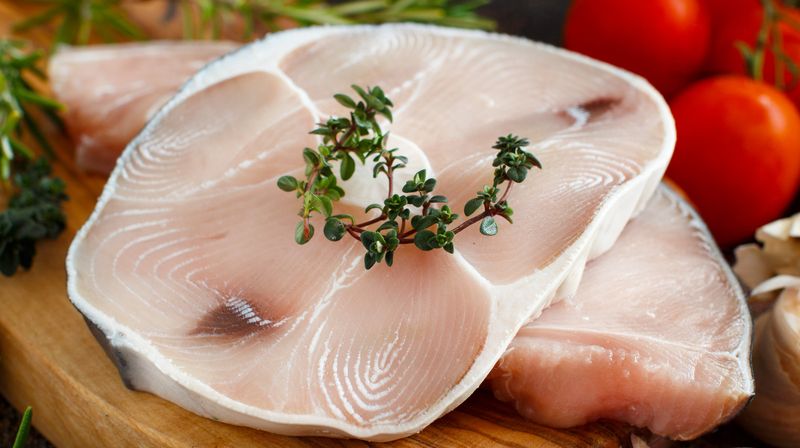
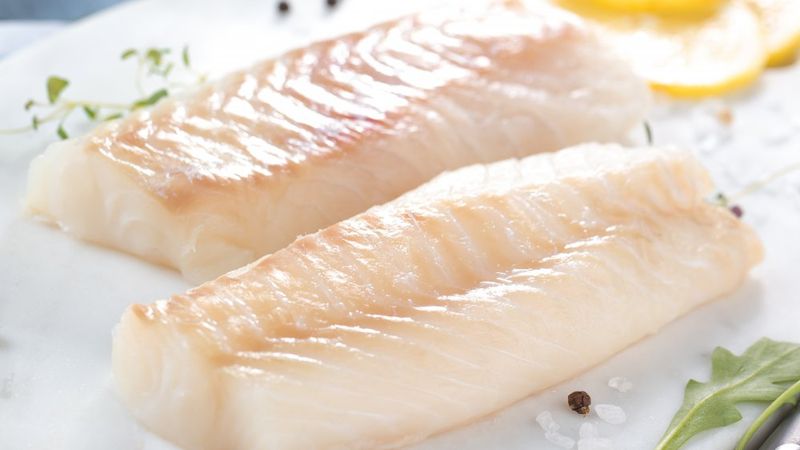

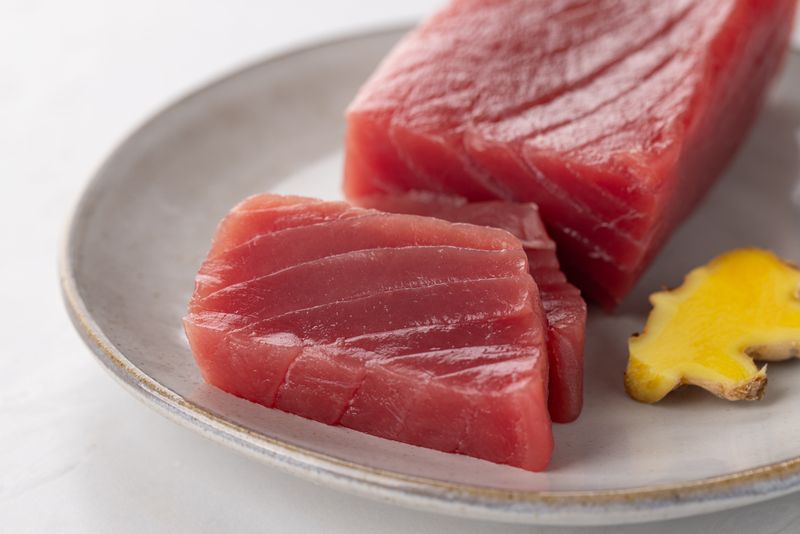
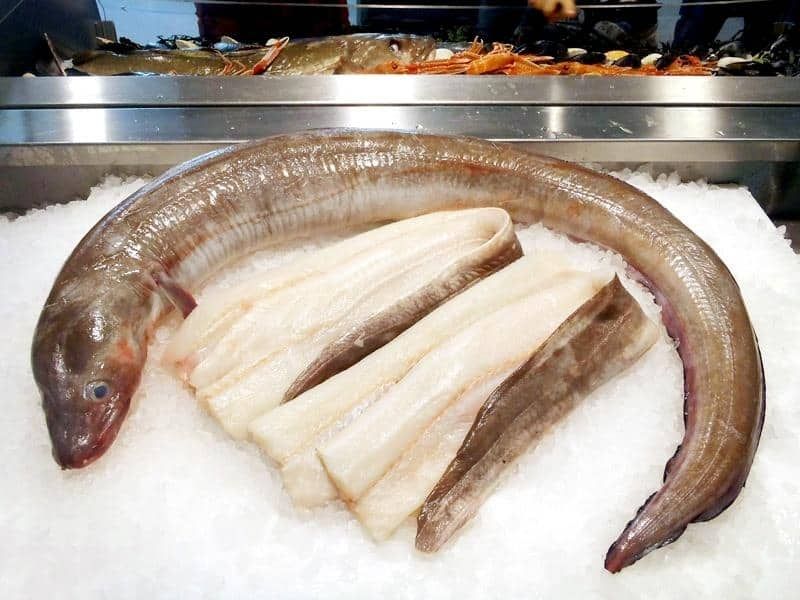
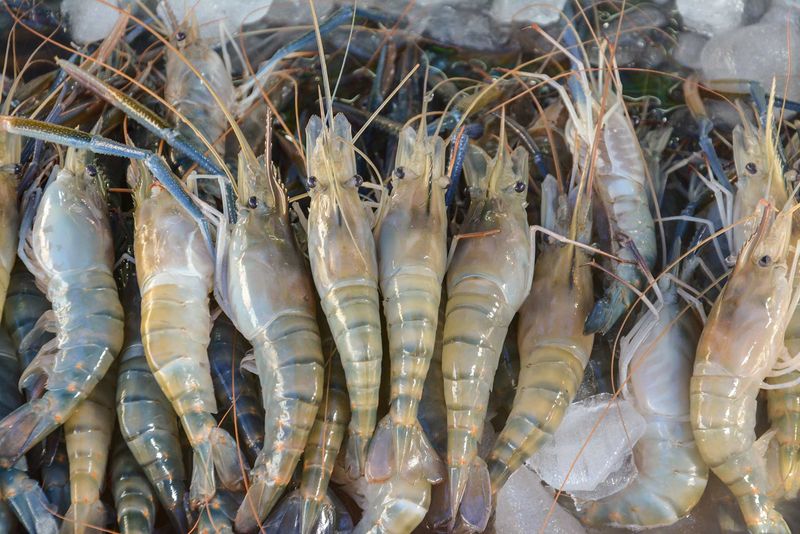
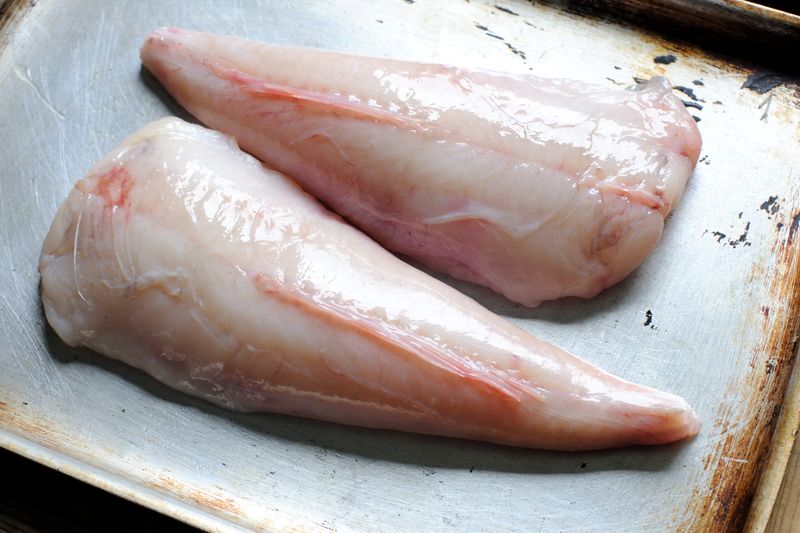
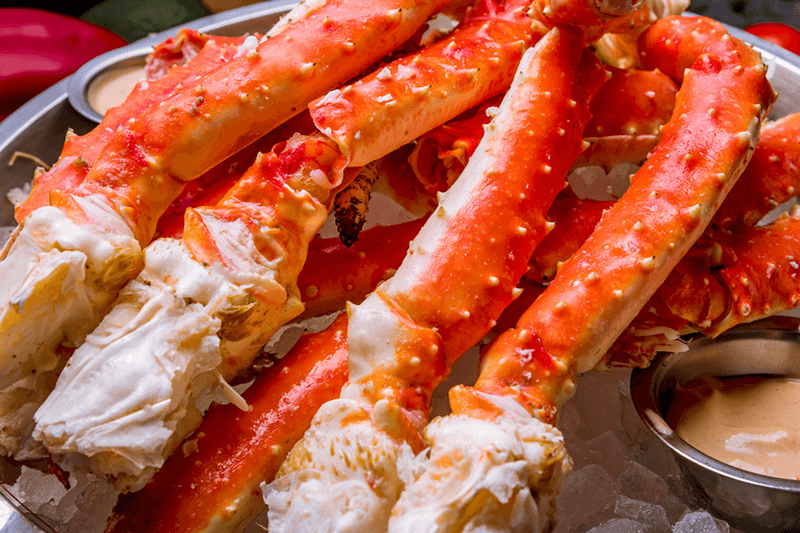
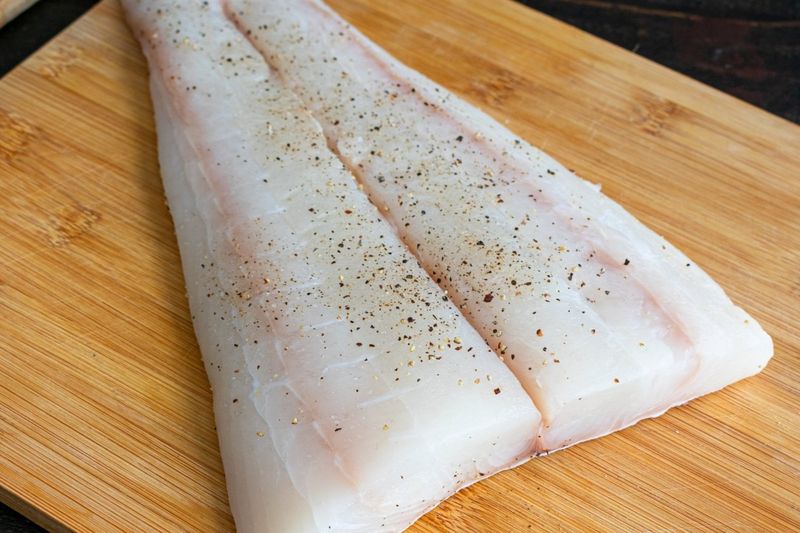
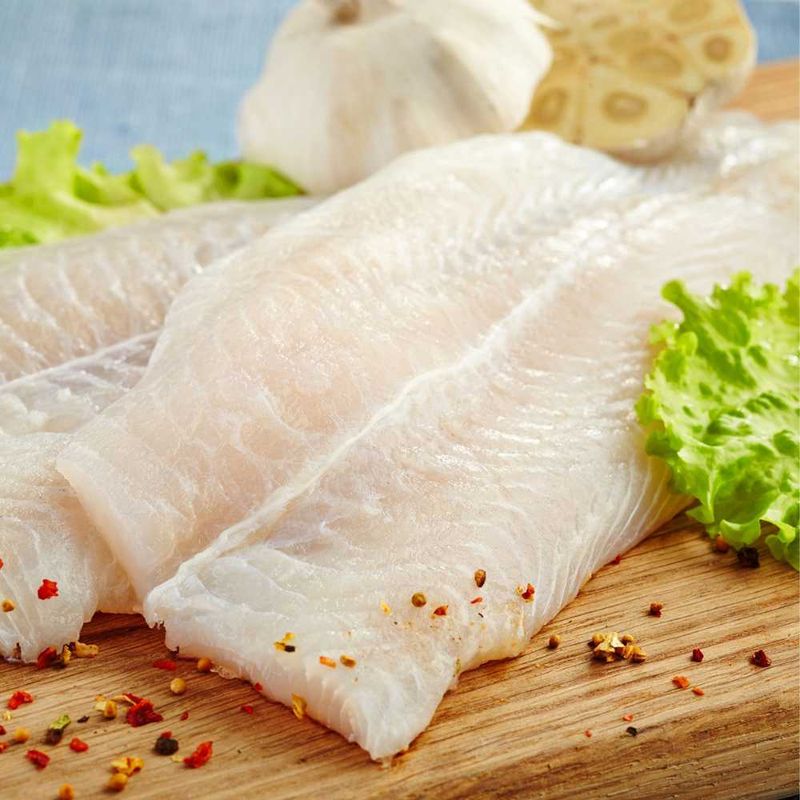
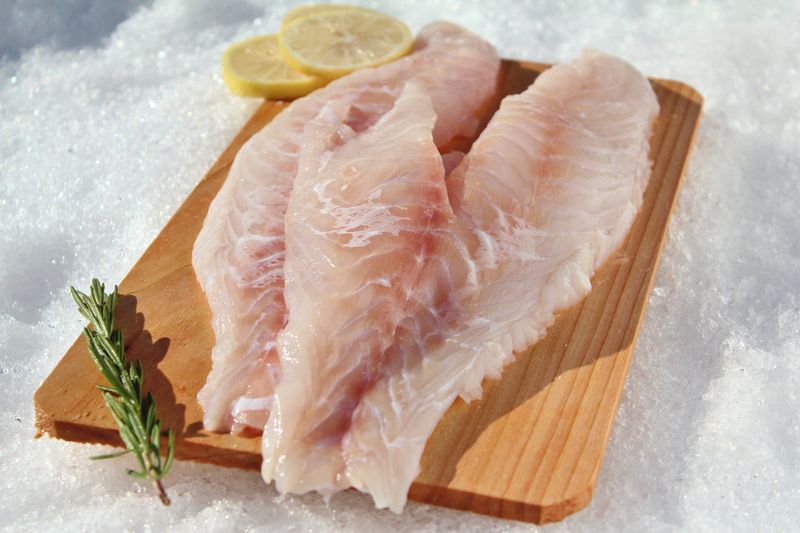
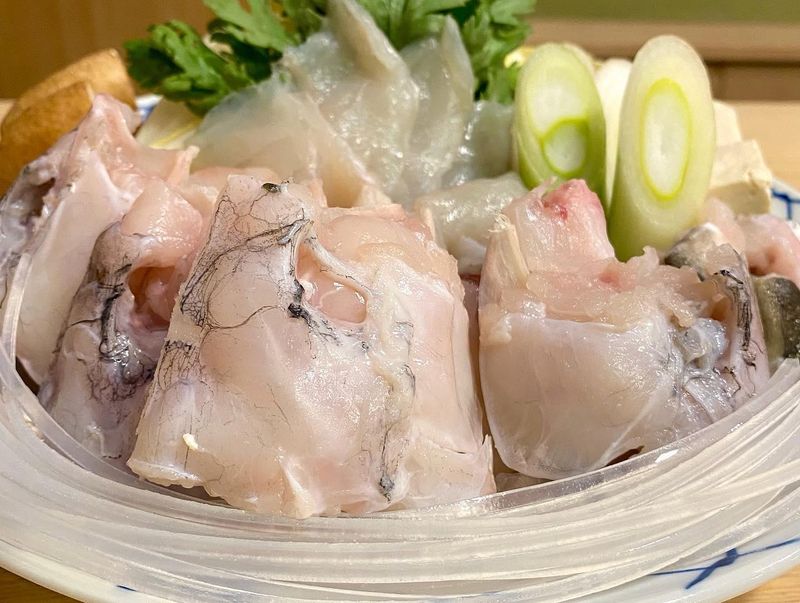
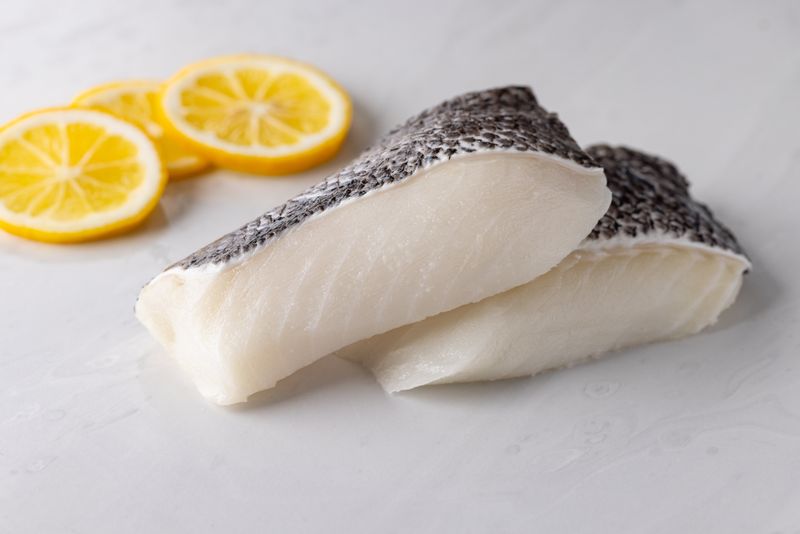
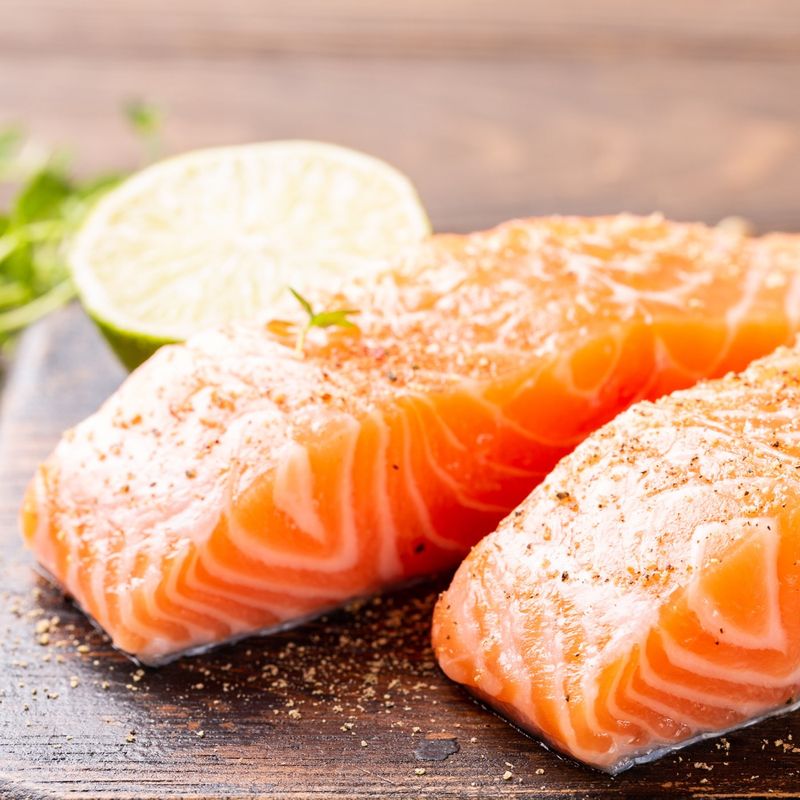
Leave a comment